Have you ever looked at a map of crime in your community and tried to figure out what areas have high crime rates? Have you explored other types of information, such as school locations, parks, and demographics, to try to determine the best location to buy a new home?
Whenever you look at a map to answer these questions, you inherently start to turn that map into information by analyzing its contents—finding patterns, assessing trends, or making decisions. This process is called spatial analysis, and it’s what your eyes and minds do naturally.
Spatial analysis is the most intriguing and remarkable aspect of GIS. When you do spatial analysis, you combine information from many independent sources and use sophisticated spatial analysis tools to derive new sets of information (i.e., your results).
These tools help you answer complex spatial questions. Statistical analysis can determine if the patterns that you see are significant. You can analyze various layers of data to calculate how suitable a location is for an activity, such as opening a new store. Using image analysis, you can detect change over time.
These tools and many others, which are part of Esri’s ArcGIS, enable you to address critically important questions and decisions that are beyond the scope of simple visual analysis. Spatial analysis lets you do the following:
Determine Relationships
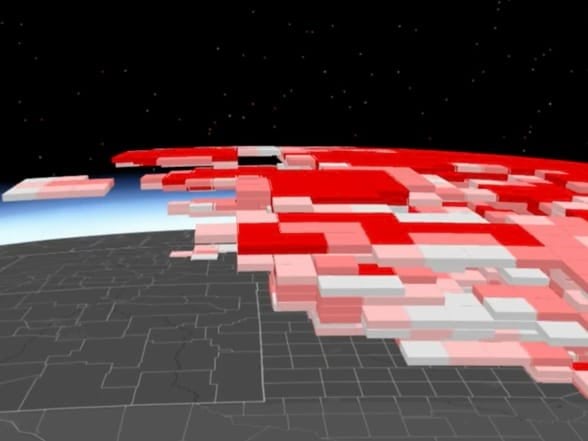
Watch a video demonstration of a 3D hot spot analysis of 20 years of storm cell data across the United States that uses the vertical z-axis to represent time. When tilted just right in a 3D viewer, you will see two decades of change in storm activity.
Understand and Describe Locations and Events
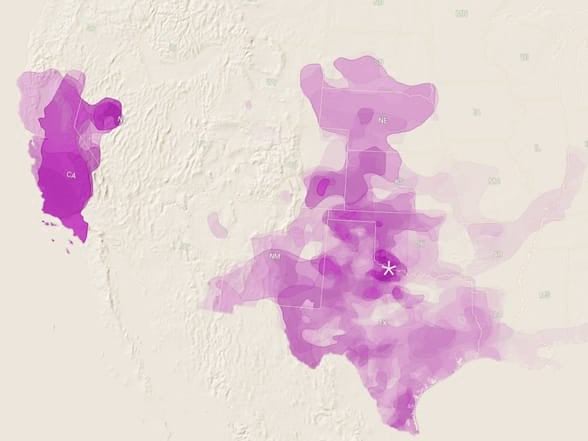
This story map shows the widely varying degrees of drought in Texas from 2011 to 2016. It uses data compiled from numerous agencies by the National Drought Mitigation Center.
Detect and Quantify Patterns
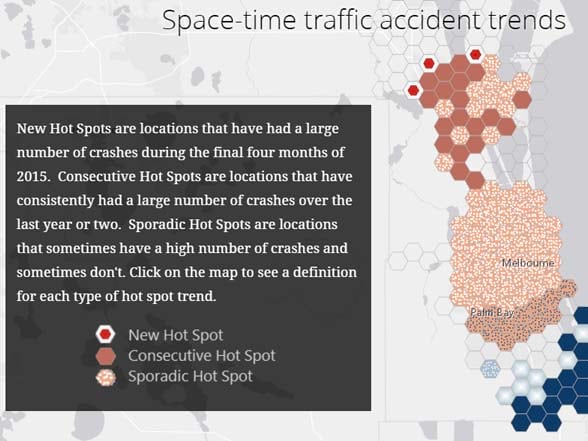
This space-time trend analysis of Florida vehicle crash data factors in time of day and underlying road conditions to identify new hot spots.
Make Predictions
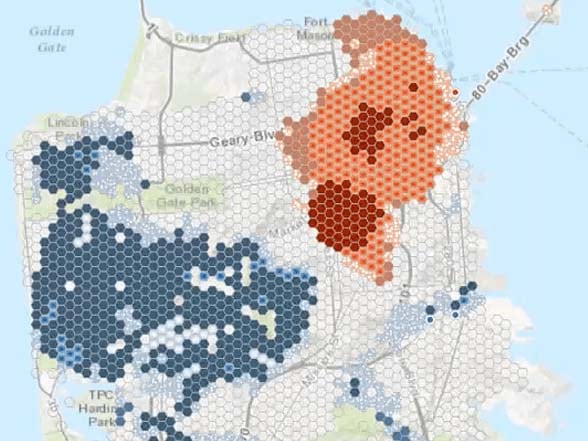
Statistical analyses can identify patterns in events or incidents that might otherwise seem random and unconnected, such as crimes in San Francisco.
Find Best Locations and Paths
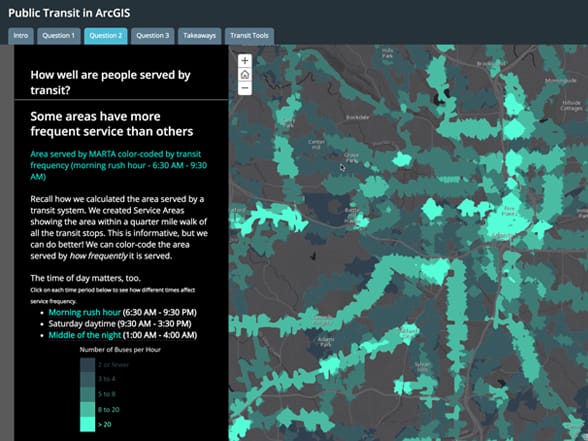
How well are the residents of Atlanta, Georgia, being served by public transit? A GIS analysis was done to find out, and this story map reveals some interesting results.
How Is Spatial Analysis Used?
Spatial analysis lets you pose questions, derive answers from data, and then make informed decisions. The organizations that use spatial analysis in their work include state and local governments, national agencies, businesses of all kinds, utility companies, colleges and universities, and nongovernmental organizations (NGOs).
How do these organizations use spatial analysis? The list below touches on a few well-known uses:
Crime Analysis

A spatial interaction model identifies the hot spots for crimes in Chicago.
Drought Analysis
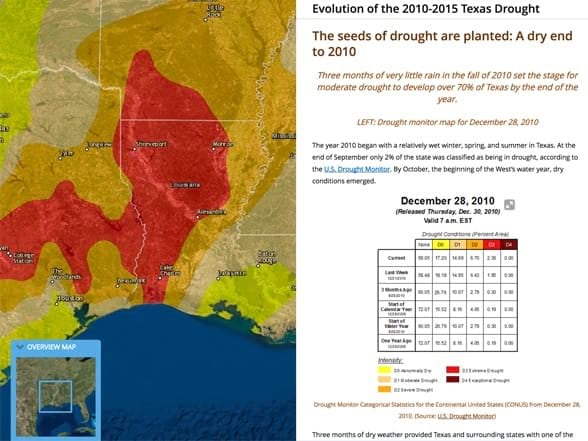
This temporal analysis of the evolution of the 2010–2015 Texas drought applies both raster and vector analyses methods. The results of the analyses are available in this Esri Story Maps app.
Green Infrastructure
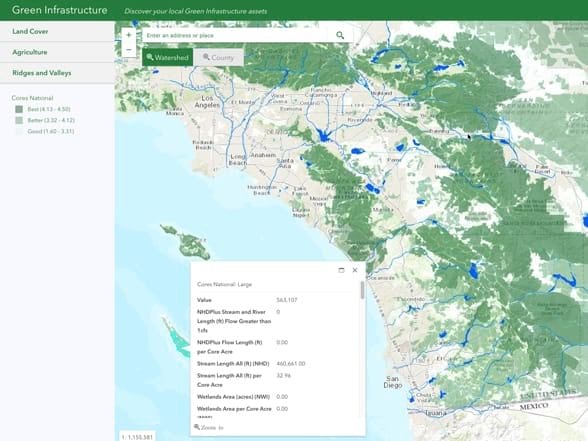
Esri’s green infrastructure initiative developed data of critical 100-acre patches depicting intact habitat cores for the continental United States.
The source data is available at no cost for land-use planning and the creation of information products that help everyone understand the importance of preserving the nation’s remaining natural resources. Read the 6 Step Guide to Green Infrastructure to learn more about green infrastructure planning.
Land-Use Planning
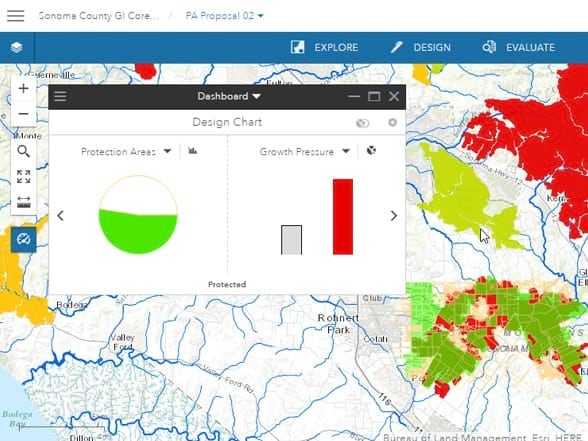
GeoPlanner for ArcGIS is a planning app used to evaluate competing land uses at local and regional scales. This screen capture shows a scenario where the proposed protected areas in light green are within areas of high projected population growth. Watch a video explaining some of the capabilities of GeoPlanner for ArcGIS.
Automatic Data Interpretation
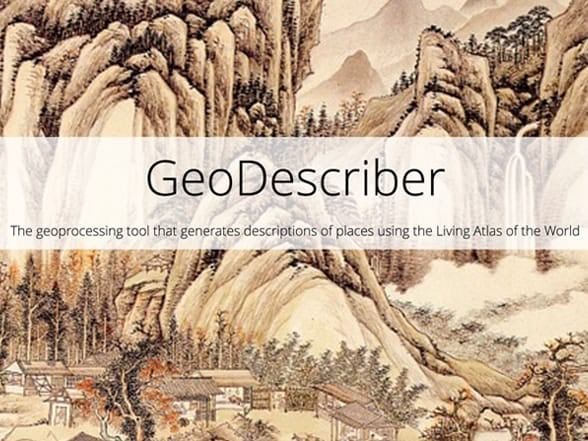
GeoDescriber is a geoprocessing tool that analyzes landscape layers in ArcGIS Living Atlas of the World to generate a short narrative that characterizes the most important elements of a landscape.
What Can My Map Show Me?
In many cases, you are doing analysis just by making a map. You have a question you want the map to help answer: Where has disease ravaged trees? Which communities are in the path of a wildfire? Where are the areas of high crime? As with any analysis, when you make a map, you’re making decisions about which information to include and how to present that information. Effective visualization is valuable for communicating results and messages clearly and in an engaging way.
Visual and Visibility Analyses
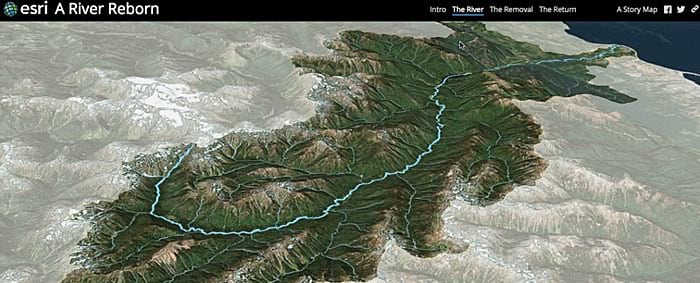
A surface displayed in a 3D space has value as a visual display backdrop for draping data and analyzing it. This perspective sceneshows a restored watershed and river draped on a digital elevation model of the terrain.
Visualizing Solar Radiation Exposure
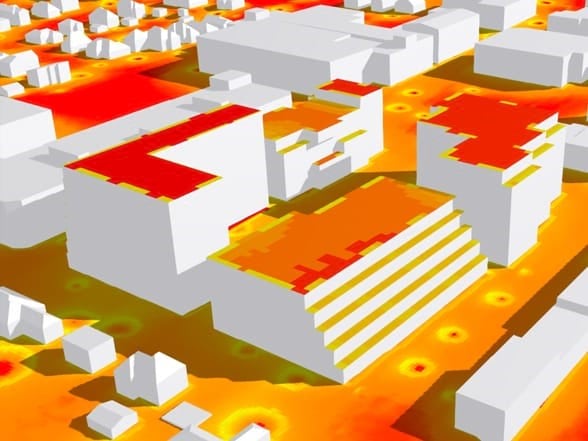
You can use the solar radiation tools in ArcGIS to map and analyze the potential for solar panels to generate electricity. This analysis was created for the City of Naperville, Illinois.
Calculating Viewsheds
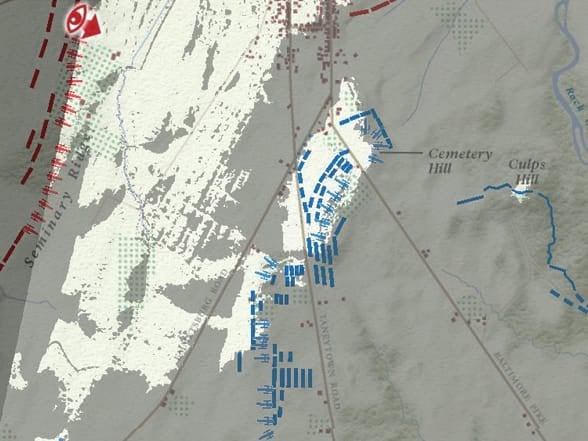
The historical story map Decisive Moments in the Battle of Gettysburg uses GIS visibility analysis to tell the fateful story of that American Civil War conflict.
At the moment Confederate General Robert E. Lee (at the red eye on the map) committed to engage with Union troops, he could see only the troops in the light areas; everything shaded (the much greater part of the Union’s strength) was invisible to him. Historians using personal accounts, maps of the battle, and a basic elevation layer were able to unlock the mystery of why Lee may have decided to go into battle facing such poor odds.
This article is an excerpt from The ArcGIS Book,Second Edition: 10 Big Ideas about Applying The Science of Where. The twin goals of this book are to show you what is possible with Web GIS and then spur you into action by putting the technology and deep data resources in your hands. The book is available through Amazon.comand other booksellers, and it is also available at TheArcGISBook.com for free.
